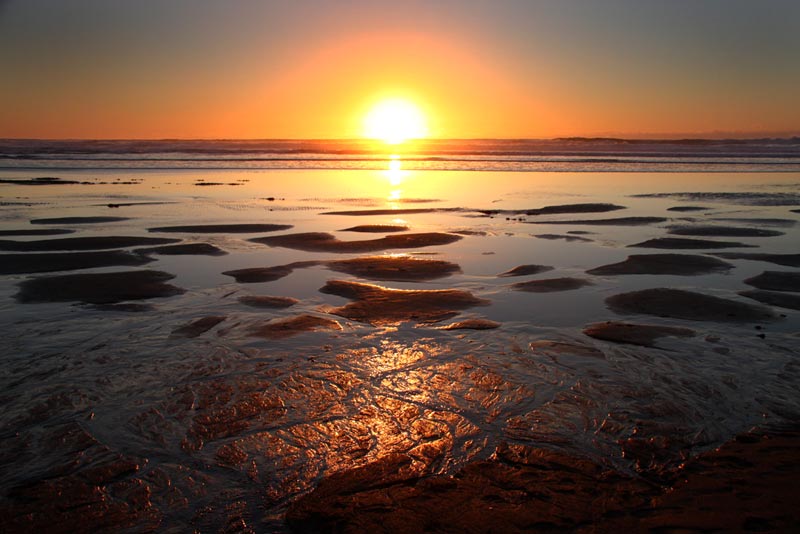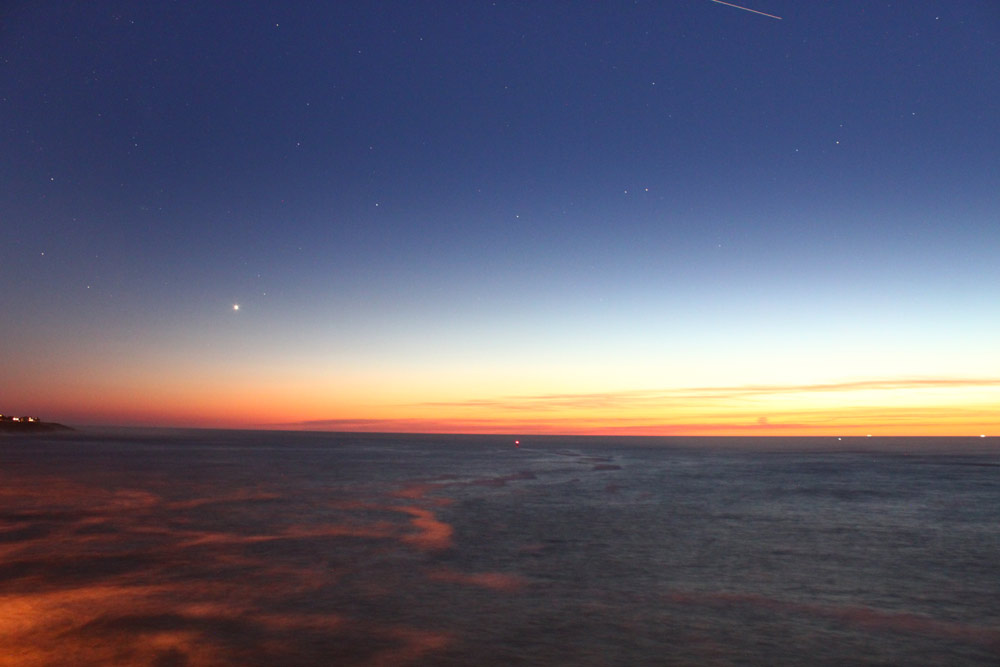Winter Solstice and What It Means for Your Oregon / Washington Coast Sunset Shots
Published 12/18/24 at 8:25 p.m.
By Oregon Coast Beach Connection Staff

(Yachats, Oregon) - Any minute now it will be the famed and twinkly Winter Solstice. The astronomical event that essentially gave us the Christmas celebration this time of year happens on Saturday, December 21, bringing a slow rise to longer days and some awesome aspects for your sunset shots on the Oregon coast and Washington coast. (Above: Lincoln City in winter / Oregon Coast Beach Connection)
Includes exclusive listings; some specials in winter
In Cannon Beach:
Includes rentals not listed anywhere else
In Manzanita, Wheeler, Rockaway Beach:
Some specials for winter
In Pacific City, Oceanside:
Some specials for winter
In Lincoln City:
Some specials for winter
In Depoe Bay, Gleneden Beach:
Some specials for winter
In Newport:
Look for some specials
In Waldport
Some specials for winter
In Yachats, Florence
Some specials for winter
Southern Oregon Coast Hotels / Lodgings
Reedsport to Brookings, places to stay; winter deals
According to astronomy expert Jim Todd at Portland's OMSI, the Winter Solstice officially begins at 1:20 a.m. that morning.
“This date is the Winter Solstice, the day on which the Earth's northern pole is tipped away from the sun,” Todd told Oregon Coast Beach Connection.
If you're in Portland – for example – Todd said you'll see the sun reach its lowest southern point at 21.5 degrees on the southern horizon on the winter solstice. At noon in this part of the Pacific Northwest, the sun gets directly over the Tropic of Capricorn.
Those unlucky enough to be in the polar regions of Earth will experience night for a total of 24 hours.
Which means those of us in Washington and Oregon are lucky, believe it or not. Right now, sunset is starting to happen a minute later just about every day.
“On December 17-25, we will have nearly 8 hours and 42 minutes of daylight to enjoy,” Todd said.

Port Orford, photo Manuela Durson - see Manuela Durson Fine Arts
Yet there's a caveat here: though sunset gets later so does sunrise – at least until December 26. Daylight hours shift slightly in an odd way for about a week. Starting December 27, sunrise stays at 7:50 a.m. for awhile as sunset ticks upward by about a minute each day. Then by January 9, sunset is almost 15 minutes later and sunrise finally ticks down to 7:49 a.m. Those are Portland times: areas on the coast such as Seaview, La Push, Bandon or Newport will vary quite a bit.
A funky little fact: sunset on the Oregon coast or Washington beaches happens a few minutes to 10 minutes later than the I-5 Corridor, depending where you are along the shoreline. The difference is more pronounced between the beaches and valley on Oregon's northern half.
“The word solstice is derived from the Latin sol-stadium, for sun-standing,” Todd said. “The winter solstice is when the sun stops its southern climb and stands briefly before turning back toward the equator. Winter solstice celebrations were so widespread in our Western culture that the early Christian church decided to move Christmas to the time of the solstice.”
Also see When the Green Flash and Oregon Coast Whale Research Meet: Science Explanation - Researcher captures green flash; explanation of that and Novaya Zemlya
Some of your sunset shots on the coastline will improve this time of year. In fact, one scientist, NOAA's Stephen F. Corfidi, called winter “sunset peak season.”
Sunsets are actually more intense in winter, say experts like Todd and Corfidi. There's real data to support that.

Yachats
“Because of the low angle of the sun's arc, it will produce the most spectacular sunrises and sunsets of the year,” Todd said.
Yet maybe the biggest factor is the cleaner air this time of year. The haze of spring's damp air or summer and fall's more particle-filled skies tend to subdue colors of the sunset. When it's cold out, there's less of that.
Oregon Coast Hotels for this event - South Coast Hotels - Oregon Coast Vacation Rentals - Where to eat - Maps - Virtual Tours
Oregon Coast Vacation Rentals
Oregon Coast Lodging Specials

Depoe Bay / Oregon Coast Beach Connection
More About Oregon Coast hotels, lodging.....
More About Oregon Coast Restaurants, Dining.....
 Andre' GW Hagestedt is editor, owner and primary photographer / videographer of Oregon Coast Beach Connection, an online publication that sees over 1 million pageviews per month. He is also author of several books about the coast.
Andre' GW Hagestedt is editor, owner and primary photographer / videographer of Oregon Coast Beach Connection, an online publication that sees over 1 million pageviews per month. He is also author of several books about the coast.
LATEST Related Oregon Coast Articles
Why Now Could Be a Great Week for Spotting Killer Whales on Oregon Coast - VideoA good dozen documentations around Depoe Bay, Newport, Coos Bay, Bandon, Tillamook. Marine sciences
Oregon History This Week: State Capitol Burned Down in '35, Second Time in 80...
April 25, 1935 was the second fire of the Salem landmark, and both are still unexplained
Ready for Cuteness Overload? Astoria Fire Rescues Ducklings from N. Oregon Co...
A tour bus driver witnessed seven baby ducks fall into a sewer drain. Marine sciences
South Oregon Coast Events Bring Two Ways to Take a Wild Ride in Bandon, Coos Bay
UTV Takeover June 24 - 29 near Coos Bay, July 4 Cardboard Boat Regatta in Bandon. S. Coast events
Plane Skids Off Runway on S. Oregon Coast, Into Coos Bay Waters
All five were rescued and are okay
Aurora Borealis Tonight: Timing, Display Strength for Oregon, Washington, Coa...
Through 2 a.m. likely best, but some lights possible through dawn June 1 - 2. Space weather, astronomy
Upcoming S. Oregon Coast Events Include Gem Show, History: Coos Bay, Bandon
May 6 talk at Coos History Museum, Mayfly Fest May 17, Bandon Rock / Gem Show June 7,8
Lincoln City's Oceanview Walk Park May be Tiniest on Oregon Coast
Squeezed between two buildings, it's the high vantage point no one knows. Travel, Depoe Bay, Newoport, Pacific City
Back to Oregon Coast
Contact Advertise on Oregon Coast Beach Connection
All Content, unless otherwise attributed, copyright © Oregon Coast Beach Connection. Unauthorized use or publication is not permitted



















































